EASY
NDA & NA EE
IMPORTANT
Earn 100
A long cylindrical shell carries positive surface charge in the upper half and negative surface charge in the lower half. The electric field lines around the cylinder will look like figure given in:
(figures are schematic and not drawn to scale)
(a)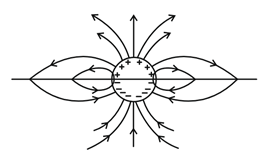

(b)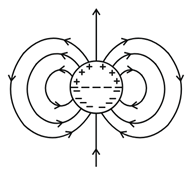

(c)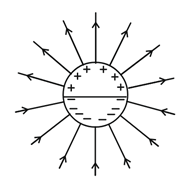

(d)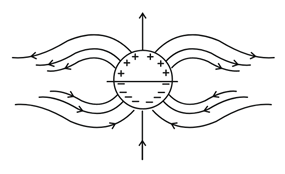

41.03% studentsanswered this correctly

Important Questions on Electrostatics
EASY
NDA & NA EE
IMPORTANT
Figure shows three arrangements of electric field lines. In each arrangement, a proton is released from rest at point A and then accelerated through point B by the electric field. Points A and B have equal separations in the three arrangements. If and are linear momentum of the proton at point B in the three arrangement respectively, then
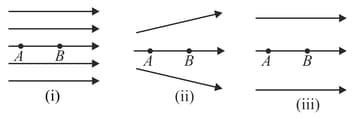
EASY
NDA & NA EE
IMPORTANT
EASY
NDA & NA EE
IMPORTANT
EASY
NDA & NA EE
IMPORTANT
EASY
NDA & NA EE
IMPORTANT
EASY
NDA & NA EE
IMPORTANT
EASY
NDA & NA EE
IMPORTANT
A charge exerts some force on a second charge If a third charge is brought near, the force of exerted on :
EASY
NDA & NA EE
IMPORTANT
